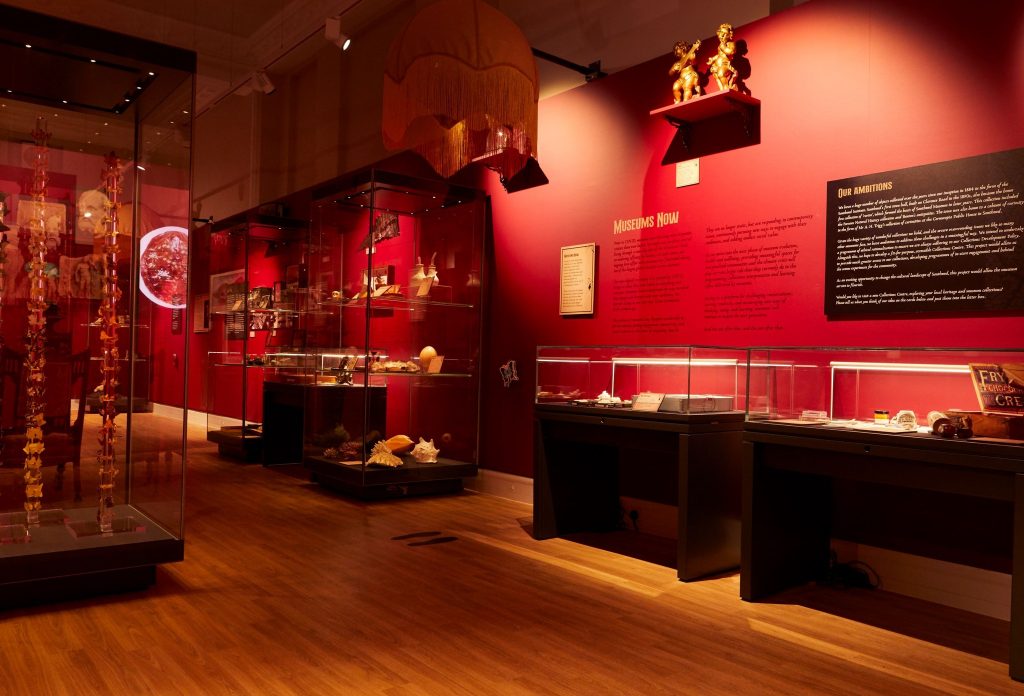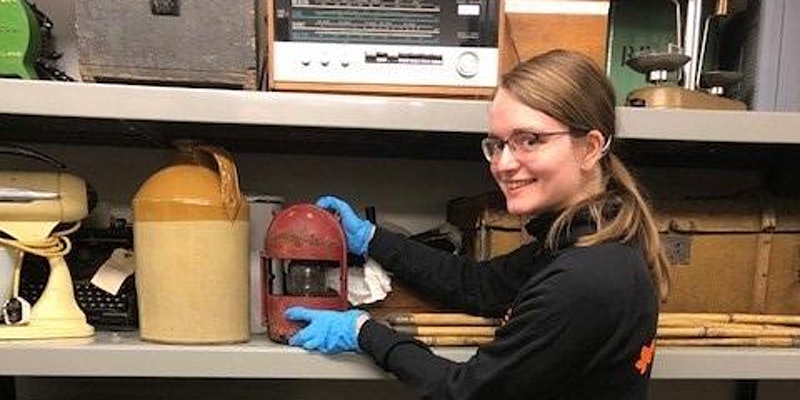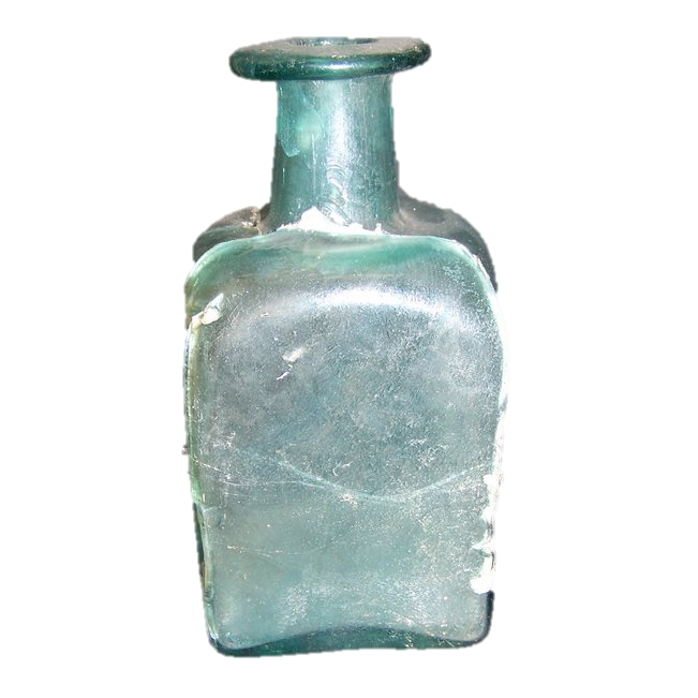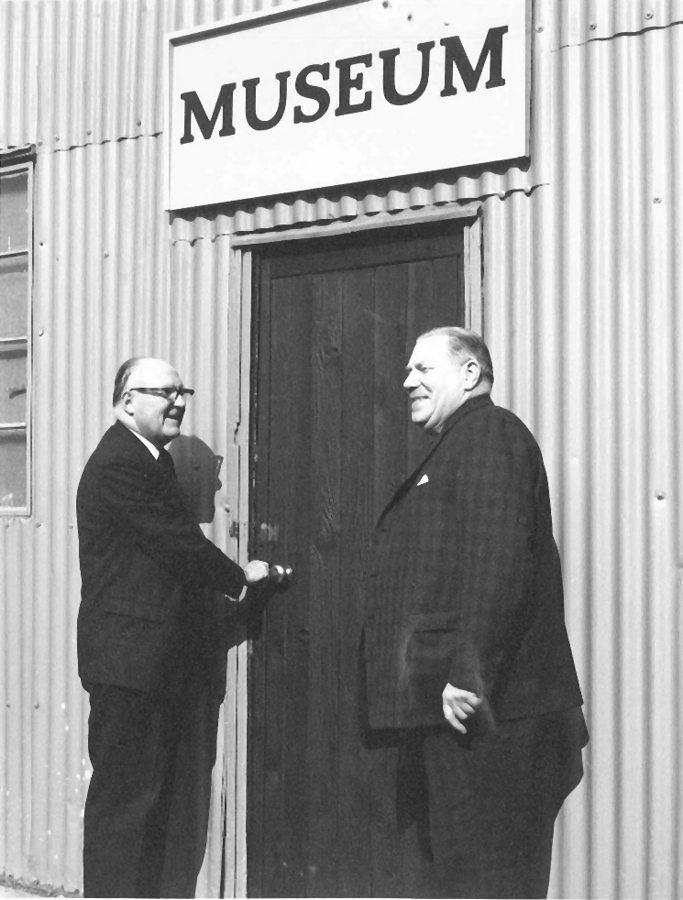A report on our SEMFed Study Day Thursday 24th March 2022
On Thursday 24 March we hosted another virtual study day allowing us to welcome speakers from Essex, Cambridgeshire and Hertfordshire all in one morning session. We enjoyed learning about the fascinating work sector colleagues were carrying out on object collections.
First we heard from Esther and Ian from Epping Forest District Museum who spoke about their Review and Reimagine Project. The project, a textbook example of how to plan and execute collection rationalisation on a large scale is summarised below:
“Epping Forest District Museum’s (EFDM) collection consists of over 100,000 objects, from prehistoric stone tools to 20th century computers, all stored in four storage locations.
However, as a result of variable collecting policies over the years, we know little about some objects in the collection, with some objects not relevant or suitable for the Museum and its audiences. And like many museums, the collections have begun to exceed the space available for storage.
This project aims to address this inaccessibility through an assessment of the relevance of objects to the Museum’s Collections Development Policy, rationalising objects and disposing of objects deemed inappropriate.”
Next we heard from Ciara from Southend Museums who spoke about ‘Wunderkammer: Southend’s Cabinet of Curiosity’. The popular exhibition, a modern recreation of an old fashioned Cabinet of Curiosity, explored why objects are collected and used many engaging ways to present some of Southend’s many disparate and unique objects.

Southend Museums is home to tens of thousands of objects across 5 collecting areas; Fine Art, Archaeology, Material Culture, Fashion and Textiles and Natural History. Through the years, the museum has acquired vast numbers of local, national and international objects with fascinating, and in some cases, challenging stories to tell. Finding an interesting way to display many of these disparate and unique objects was an exciting ambition which developed into a major exhibition exploring the development of cabinets of curiosities and their subsequent evolution into museums as we know and love them. This talk will explore, the selection process, the collections and collectors of Southend, the exhibition design process and the challenges of mounting objects on walls!
Following on from Ciara we heard from her colleague Vittorio. Vittorio spoke about rationalising social history collections, at Southend, but also at large scale rationalisation projects at National Museums.
“Auditing and rationalising collections is a very peculiar discipline. While resources tend to generalise the rules and guidance behind such discipline, the specifics of what needs to be done are very different for each collection. Even after working on four rationalisation or auditing projects, starting these processes presents new challenges and requires asking new questions each time. The main one: where do I begin? An easier question to answer is: how did we get here?”
The Material Culture collection at Southend Museums, is in urgent need of auditing, documentation, digitisation and rationalisation, all at the same time. What are the main challenges we face?
Following a short break we listened to Eleanor and Louise who had been working on a large collections move at Cambridge’s Museum of Archaeology and Anthropology. It was really interesting to learn about the work behind the scenes of this huge move and how the move brought to light previous curatorial errors from many decades past (mis-labellings and mis-filings of objects into the wrong areas). Allowing Eleanor and Louise and their colleagues to to set previous errors right.
“We are part of the MAA’s Stores Move project, moving over 170,000 objects from our current store into a brand new facility. This process has involved unpacking, photographing, and redocumenting the collection, and has provided us with a rare opportunity to tackle some of our past collections management issues. By examining several case studies, we will discuss how we hope our project will improve the accessibility of the collections in the future.”
Finally we heard from two speakers North Hertfordshire Museum. The first speaker was Keith. Keith faced the immense challenge of objects with up to five seperate accession numbers! Owing to the historic links between two old museum’s which merged to form a single museum.
The collections of Letchworth and Hitchin Museums were amalgamated in 1974 when North Hertfordshire District Council was formed. All archaeological material from Hitchin Museum was sent to Letchworth and most of the material was assigned new numbers between 1975 and 1977. Some transferred items were accessioned twice in that period. Some of the items from Hitchin had previously been transferred from Letchworth in 1938/39, but the earlier numbers had been lost. As a result, some archaeological material has up to five accession numbers. Trying to tie the records to objects is challenging and has revealed that the information in the various accession registers does not always match up. Add in the duplication of much of this material in the Historic Environment Record and you will begin to understand my nightmares!
We were not envious of the challenge of untangling those numbers! Good luck Keith!
Finally we heard from SEMFed Committee member Matt who spoke about North Hertfordshire Museum’s football collection.
Why does a museum about the district of North Hertfordshire hold and display material relating to football across the world? This talk explores the origins, current situation and future of North Hertfordshire Museum’s one thousand object football collection.
It was fascinating to hear about this unusual collection of local/National and international football material, how it came to reside in Hitchin and the work to piece together some of the lost backgroud of some of these objects. Matthew spoke about how this collection, which represents possibly the worlds oldest football museum, has much still to offer and presents a continued opportunity to engage with a sector of society who feel museums are “not for them”.



